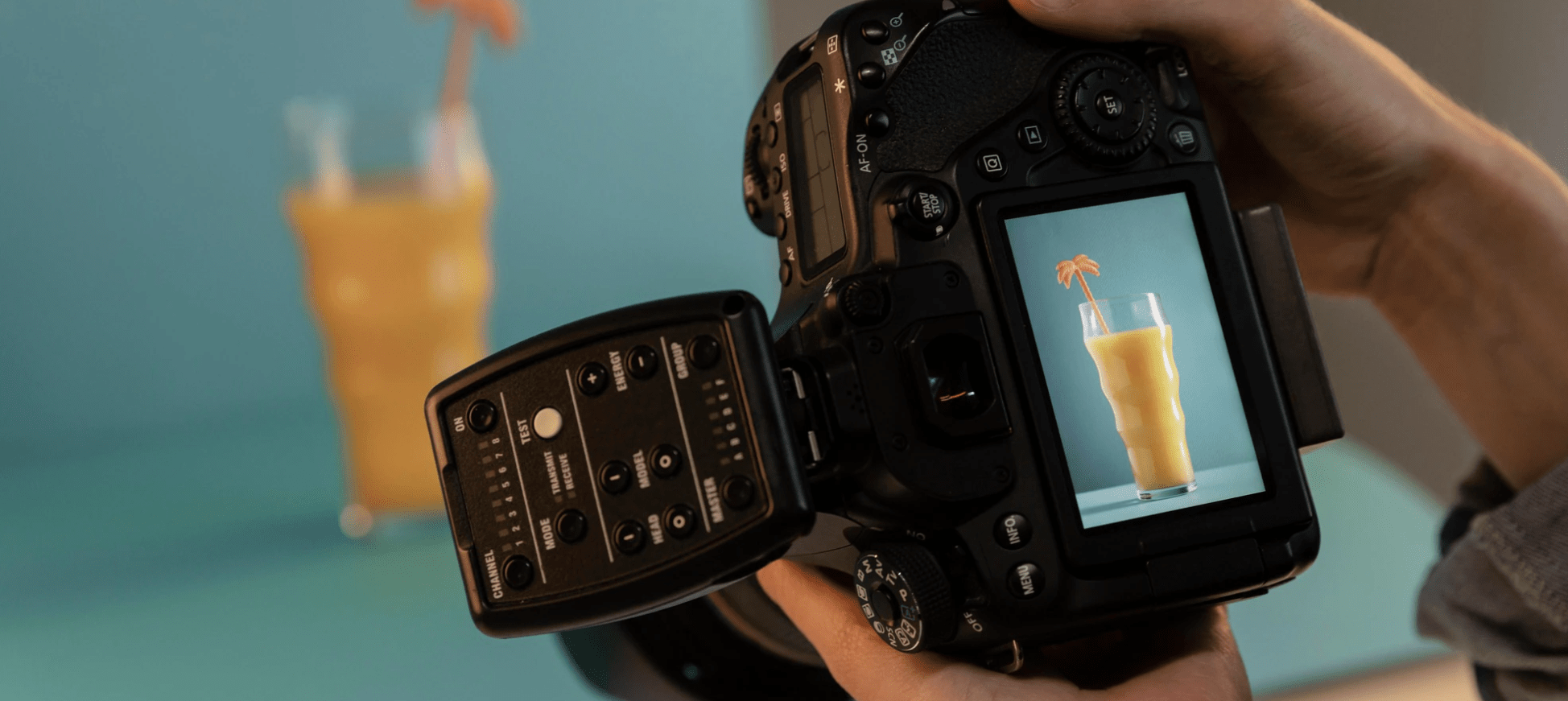Photos for e-commerce are not as easy as your selfies for Instagram, but doing it right can bring excellent results.
Most companies launching an e-commerce site worry about the site, the marketing and the logistics, but all too often they are surprised close to launch with something they hadn’t planned for, “We have 3,000 products, how are we going to get the photos and descriptions?”. Then a race against time begins. Someone remembers that brands should already have photos, others say it’s done with the phone, but no one really knows who is responsible.
A few weeks ago we talked about the importance of content and I received many inquiries about the article, as it is a problem that many companies face. Let’s expand this topic further and start with the area that most companies are concerned about: product photography.
Why does a site need good photos? Photos seek to recreate the customer’s experience when they physically see the product in the store in order to make the purchase decision. Good quality photos will increase sales as they give the customer more confidence that it is the product they are looking for. In some cases, it can even help convince them to buy the product (this is why models are used in photos, if it looks good on them I want to see myself like this). How much does it actually help to sell? It varies according to the type of product, but recently in a test we did at our consultancy, LITS Ebusiness, a client increased sales by 40% by going from one photo per product to four photos.

Another common idea is that nowadays you can even take photos with a phone. So why invest in professional photos? You are absolutely right if we are talking about someone selling a product on an auction site, for example. But when we are talking about companies, where quality is critical and there are large quantities of product, the situation changes. Let’s go back to the previous example. With 3,000 products (some of our clients have 200,000 products) at 4 photos per product we need 12,000 photos, which have to be processed (almost all photos will have to be processed in Photoshop) and someone has to write 3,000 descriptions. This kind of product photography is not simple either. Try to take pictures of chrome (jewelry or household appliances for example) and you will see that probably the color in the photo is different from the real one and your face (with the camera in front) comes out reflected on the surface.
Another issue is the type of professionals who are willing to do this type of work, as it is not always easy to get. It is a repetitive job, attention to detail and not suitable for those who always dreamed of being the photographer of National Geographic (they usually quit after a month). We also have the solution of asking the brand for the photos, but most brands do not have the photos in the quality and formats that your site needs.
Another advantage of good content and showing the product as it is is that it reduces returns. Recently, when buying a motorcycle helmet from an Italian online store, they sent me a similar helmet, but not the same. I complained and said that it was not the same as the one in the photo to which they happily replied that the one in the photo was the previous year’s model and that they had sent me the new one. I did not like the new model and returned it. Final result, they spent €100 in shipping costs (€50 each way) and were left with an opened product. Imagine that 10 or 1,000 people do the same. How much does it cost the company to have the wrong photos?
And speaking of cost, how much does a product photo cost? Again, it varies a lot. If a good product shot can reach thousands of euros per product, when contracting with a quality professional service and with relevant quantities it can probably reach around 30 euros per product (4 photos per product).
How do you decide if professional photography is worth investing in? You can do a return on investment (ROI) test. Let’s take an example. A €100 product sells 100 units and has a 50% margin. If we increase sales by 20%, we will sell an additional €2,000, of which €1,000 is margin. With the cost of the photos at €30, you earn €970, so it’s well worth it. How can you get these figures to work for your business? Do a test with a small number of products and see how sales increase. When we are talking about stores that already sell relevant quantities then the numbers almost always work (hence the investment of the major brands) and if we include the previous example of returns in the accounts then the numbers make even more sense.
And what is the evolution of traditional photography? New alternatives such as 360-degree and 3D photos are starting to appear. Virtual models that can be dressed (like the cardboard dolls of many years ago), or augmented reality that allows us to see in real time how Ikea furniture looks in our home. These types of photos, complemented by videos, will become more and more present.
Sorry to disappoint anyone who didn’t know that e-commerce photos aren’t as easy as your instagram selfies, but doing it right can bring great results.

